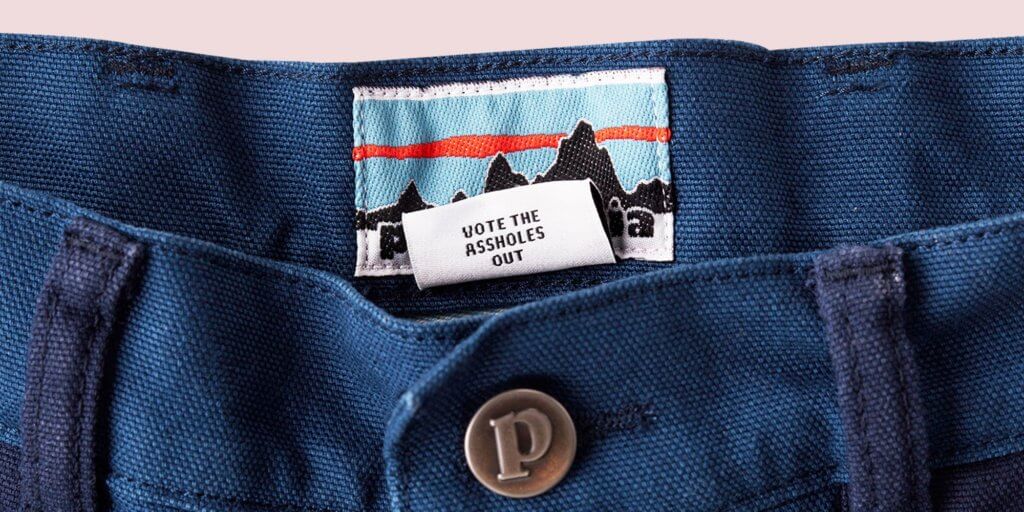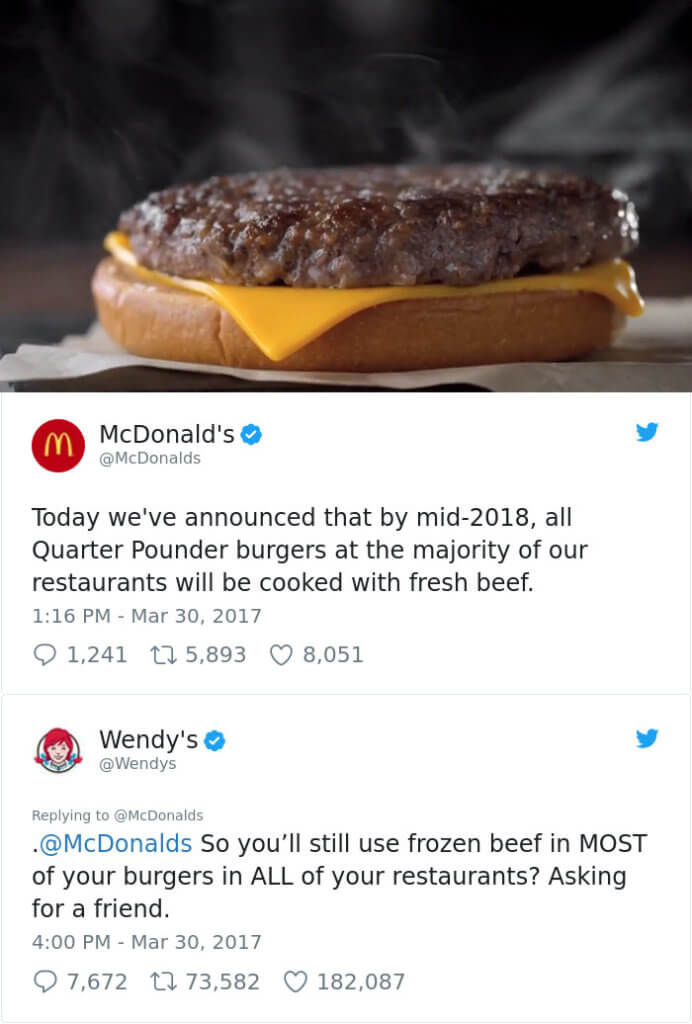“Any damn fool can put on a deal, but it takes genius, faith, and perseverance to create a brand”
-David Olgivy
There is a lot of confusion around branding and there are also multiple definitions. So what exactly is branding? Decades ago, branding was explained as a name, slogan, sign, symbol, design, or a combination of these elements that were used to identify a company and the products or services they provide. The brand was set apart from the competition by these elements. Today brand is a bit more complex and holds a crucial spot in a business’s marketing strategy.
Marketing is your message. Your brand is who you are.
Your brand is your identity and your marketing is how you tell the story of that identity. Branding is the unique, authentic, singular value you offer to your customers. It permeates the culture of your company, and it is communicated to your customers every time they see, feel, touch, or experience your brand—not just when they experience a marketing message. Branding comes first, marketing second. If you have a logo, a package design, or a slogan, you may think you have a brand. What you actually have are a set of marketing materials and messages. Marketing becomes easier as your brand becomes more defined and when it clearly stands out from the competition. Your brand is the foundation, not only of your marketing, but I’d dare say, your entire business. Strong brands can weather uncertainty and fluctuations in the market.
You own your marketing; your consumers own your brand.
Compared to branding, marketing is easier to control and to comprehend. You write the headlines, you choose the art, you post the Tweets. You measure conversions or awareness and determine whether your marketing is a success or a failure. That magical thing that happens between your marketing efforts and your customers’ actions—that’s branding. While your marketing, customer service, and other consumer touch points influence your brand, you cannot manufacture brand value by yourself. Many business owners think they can control how their brand is perceived by the masses of consumers; however, they cannot. Branding is a call and response. When your marketing casts your branding to the masses and no one responds then it’s time to rethink your branding.
The consumer is the judge and the jury.
A business owner must know the difference between branding and marketing and it’s best not to confuse the two. Marketing is storytelling. The most powerful branding happens when you listen, not when you talk. Your consumers will tell you what your brand is—or what they desire it to be—because they know what they want. The strongest brands listen to their customers, and let their values, hopes, and desires shape and inform the way they respond. When this happens you get things like Patagonia’s recent politically charged, yet subtle campaign.

When you know your values are in line with the values of your customers, you can take bold steps as a brand. And let’s be clear, bold brands sell more. We are in an attention economy. When you capture your customers’ attention, you get paid. If your brand is not well defined, lacks creativity, or is otherwise disconnected from the heart of your customers then you will not hold their attention. If you are bold, yet unclear and undefined, your message is just noise. A bold message that connects with the needs and emotions of your customers can only be had if your brand is solid, well defined, and in touch with your customers.
That being said, the word “branding” evolves with the behavior of consumers. Think of it as the mental picture of who you as a company represents to consumers. It is influenced by the elements, words, and creativity that surround it. It’s the perception that a consumer has when they hear or think of your company name, service, or product. To sum up what a branding should do: branding is not only about getting your target market to select you over the competition, but about getting your prospects to see you as the sole provider of a solution to their problem or need.
Six Goals That Brands Should Strive For:
- Delivering a clear message
- Confirming of your credibility
- Crafting an attractive and consistent visual identity
- Creating user loyalty
- Emotionally connecting your target consumer with your products or services
- Being noticeably different than your competition
Delivering a Clear Message:
Can you tell a prospective customer how your business can help her in one or two sentences? If so, then you probably have a clear understanding of the value your business brings to the market. Is this message consistent through your website, brochures, social media, and other marketing? Think about these sayings:
- “15 minutes or less can save you 15% or more on car insurance.”
- “I’m lovin’ it!”
- “Low prices everyday.”
You can probably guess at least 2 out of the 3 brands behind those slogans. That’s because they’ve been religiously consistent with their branding. Is your branding clear? If your customers simply read the copy on your website without seeing your name or logo, would they be able to identify it as your website?
Confirming Your Credibility:
Consumers today don’t have time to be duped into buying a bad product by a catchy ad. That’s why most will check a company or product’s reviews before opening their wallet. If you don’t have many 5 star reviews then be assured that you are losing customers to the business that has more and/or better reviews than you. This is one of the most concrete ways your customers determine your brand. They get to make their own contribution to your brand through online reviews. Read our Trail Guide on how to get more reviews here.
Crafting an Attractive and Consistent Visual Identity:
A great logo doesn’t make the business, but it does make the marketing easier. People are drawn to things that they are familiar with. Things that you are familiar with tend to be more attractive. It’s part of the reason why it’s so hard to choose a new dish at your favorite restaurant. Your mind doesn’t have to work as hard to figure out if it’s good or bad, if it’s trustworthy or not. And yet, we also have an opposing drive towards things that are novel.
The right blend of familiarity and novelty can propel a brand to popularity. Logos that are too complex or have too many features are hard for our brains to process. Think about some of the logos you are familiar with. Are they simple or complex? Burger King, Taco Bell, Pepsi, NBC, Facebook. Most brands that have won an enduring place in the marketplace have a visual identity that is simple and consistent. While you might want to pack your logo with as much meaning and significance as you can, if it’s too complex then you are creating more work for yourself. People are attracted to similar yet different things. Crafting a visual identity that has aspects of other larger credible brands, while also being distinct helps you put a great skin on your brand.
Creating User Loyalty:
Beyond leaving you great reviews, do your customers help you build your brand? Do they talk about you with their friends? Are you their go-to provider, or are they flirting with others? If you have a great visual identity, a clear message, and a 5 star product then you are in a good position to have great customer loyalty. You just need to supply your customers with the right tools. This might be a referral program, consistent communication, loyalty points, or some other way to “keep the spark alive” so that they don’t leave you for the competition.
Emotionally Connect with Your Target Audience:
There are multiple ways to accomplish this, but the easiest by far is simply providing a knock-out solution to their problem. If you don’t have that then you don’t have much else. However, how you convey that you have that solution is just as important for your brands longevity. Is the messaging, visual identity, content on your social media accounts, and other mediums pulling your customers in or driving them out?
Being Noticeably Different Than Your Competition:
Brands that are bold are the brands that we love. My guess is that you have no strong emotions towards Charles Schwabb, Serta Mattresses, or Crocs. While they have established their brands as household names, no one is getting excited about them. On the contrary, think about some brands that you are familiar with that have made bold moves and won because of it. For me, some of those brands include:
- Ben and Jerry’s
- Nike
- Chic-Fil-A
- Wendy’s
Take it a Step Further:
While Ben and Jerry’s is a veteran to political involvement – going so far as to name flavors that support or denounce certain agendas, Nike has recently grown into the space by making Colin Kaepernick one of their influencers. By doing so, they have made their positions clear and have won more loyalty to their brand by taking bold steps that separate them from the crowd.
One of the reasons Chick-fil-A has skyrocketed in the last decade is that you know exactly what you are going to get no matter when or where you find one. Their quality is consistent. When Popeyes recently unveiled their spicy chicken sandwich our family excitedly waited in a long line to get ours. It was amazing, by far the best chicken sandwich I had ever had. However, the next two times I got it, the bread was dry or the seasoning was off. Until Popeye’s can replicate the consistency of Chick-fil-A, they will remain in second place for best chicken sandwich.
And while you are sure to get an overabundance of manners and politeness at Chick-fil-A, Wendy’s took a different approach. They took the pig-tailed icon of the fast food world and created an alternate anti-hero personality through their Twitter and Youtube profiles.

Wendy can be found in snarky light-hearted Twitter wars with her competition and has even gone as far as creating dis-tracks like this one:
What do all these brands hold in common? They took bold steps to set themselves a part. And they won because of it. A unique brand deepens your connection to people and insulates your company from competition. Your competition can always beat you at something (especially price). Crafting a strong, bold brand helps you rise above being a commodity.
References:




